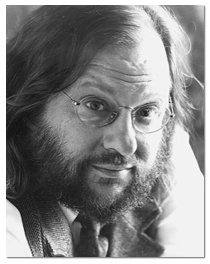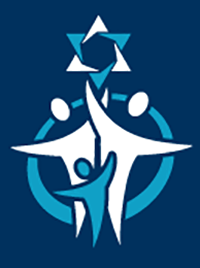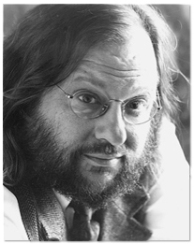Do No Harm
by Joel Lurie Grishaver
The Chofetz Chayim teaches:
If after giving a situation much thought, a teacher comes to the conclusion that a particular student has a behavioral or learning problems and feels that it will not be possible to deal with the problem without the involvement of the principal, other teachers, or the student’s parents, then the teacher should speak to the necessary parties without delay.
 Hebrew School is supposed to teach Hebrew. For a short period after the 6-Day war and in sporadic occurrences Hebrew Schools have tried “Modern Hebrew.” Now Hebrew has mainly meant “Prayerbook Hebrew.” The most recent, most successful, and currently popular of these modern Hebrew programs came out of Cleveland (thank you, Nechama and Lifsa) is called Hebrew Through Movement and is pedagogically sound. However “Prayerbook Hebrew” is still granted most favored nation status and there is a logic to this.
Hebrew School is supposed to teach Hebrew. For a short period after the 6-Day war and in sporadic occurrences Hebrew Schools have tried “Modern Hebrew.” Now Hebrew has mainly meant “Prayerbook Hebrew.” The most recent, most successful, and currently popular of these modern Hebrew programs came out of Cleveland (thank you, Nechama and Lifsa) is called Hebrew Through Movement and is pedagogically sound. However “Prayerbook Hebrew” is still granted most favored nation status and there is a logic to this.
